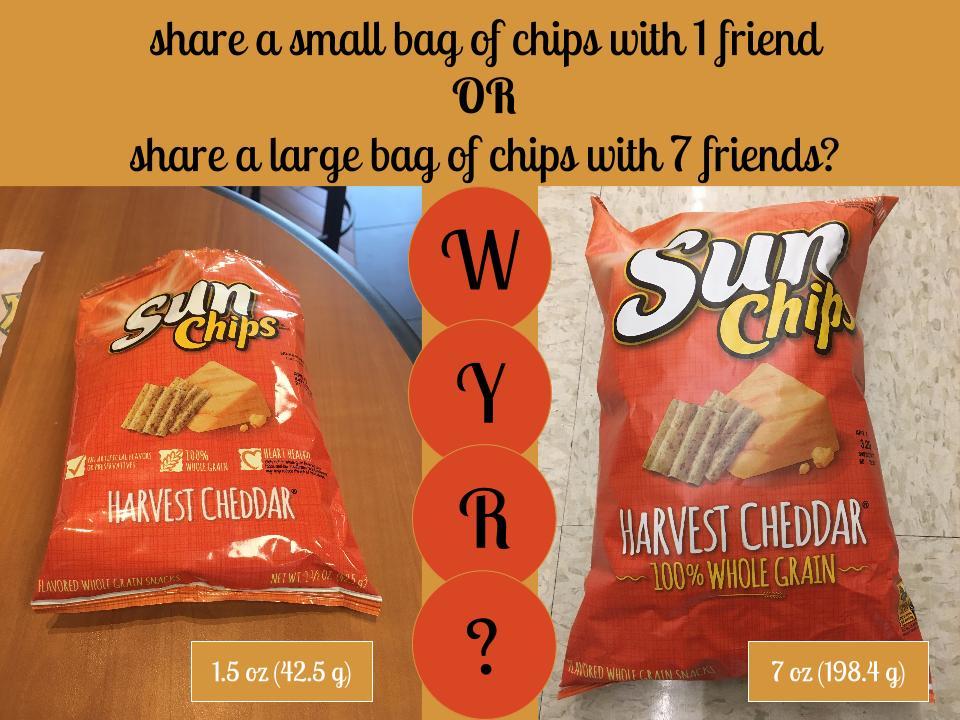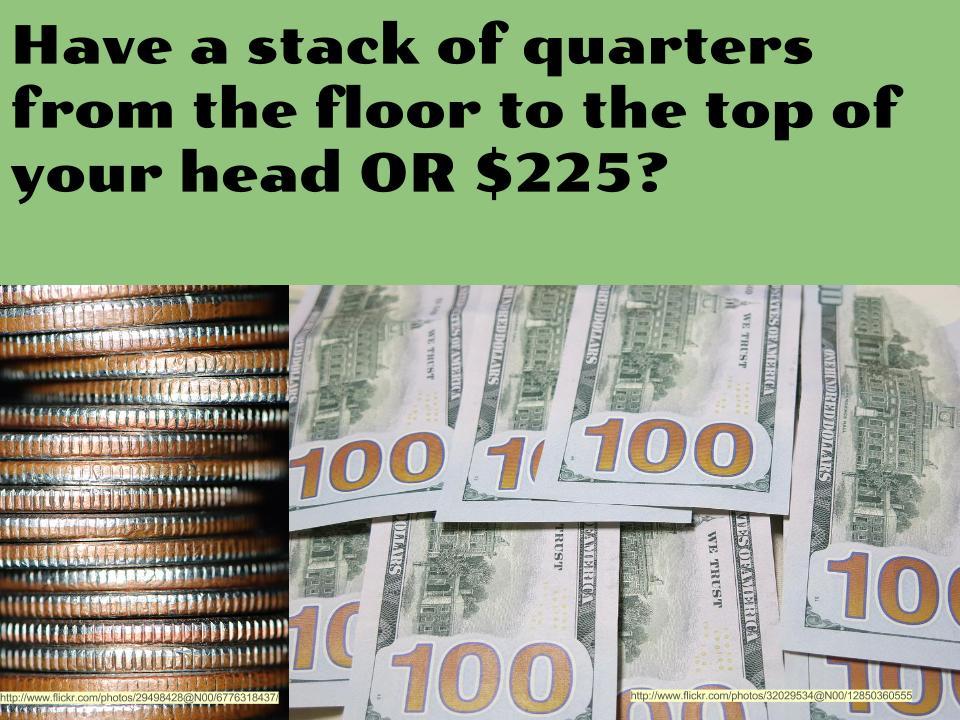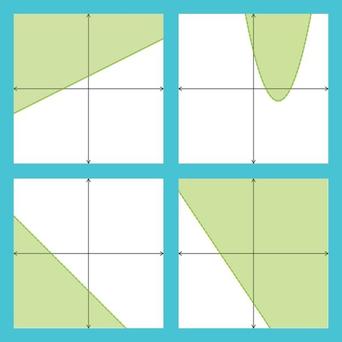|
How many blocks in the 4th pattern? The 5th? How about the 13th?This prompt comes from a website called Visual Patterns, orvisualpatterns.org, a website that builds curiosity through patterns of similar objects. Created by Fawn Nguyen, the goal of each Visual Pattern prompt is to get the participant thinking about a pattern, or algorithm, that could be used to predict a future step. Fawn has two detailed blog posts about how she uses Visual Patterns in her class, so check them out (Post 1 and Post 2).
Here are some tips on using Visual Patterns at home:
How did we get from step __ to step __ ? Tell me a little more about... What about going one more step? What happens then? Potential vocabulary: Justify, steps, iteration, multiple, algorithm What we want to avoid with a Visual Pattern is forcing the participant to structure their thinking in a specific way. Let the creativity take over and, if it isn't working, talk about how some minor changes might help guide the process. Hopefully this week's Table Talk Math did that for you and your dinner table! If not, see the post below that might be more suitable for a more challenging puzzle. If you have any questions, please feel free to contact us on Twitter (@TableTalkMath) or reply to this email. Thank you for taking the time to improve math fluency for children, one table talk conversation at a time.
0 Comments
Table Talk Newsletter #2
Would You Rather have the bag on the left and share it with 1 friend OR the bag on the right and share it with 7 friends?This prompt comes from a website called Would You Rather Math, orwouldyourathermath.com, a website that puts two or three scenarios against each other and asks students to choose one, then justify the choice. Created by John Stevens, the goal of each WYRmath prompt is to get a solid conversation going that would be better justified if there was some math involved. While it isn't necessary to use math as a means of defending your choice, it sure does help with over the other side of the argument. Here are some tips on using Would You Rather Math at home:
Some potential sentence starters for using WYRmath at your dinner table: Can you explain what you mean by...? Tell me a little more about... How might you explain this to your friend? Potential vocabulary: Justify, defend, rate, unit rate, conversion What we want to avoid with a WYRmath task is making a child feel like they've been duped or conned into having a conversation about math; let it happen naturally and, as you engage in more of these, the discussion will naturally flow. Hopefully this week's Table Talk Math did that for you and your dinner table! If not, see the post below that might be more suitable for older children. If you have any questions, please feel free to contact us on Twitter (@TableTalkMath) or reply to this email. Thank you for taking the time to improve math fluency for children, one table talk conversation at a time. Check out this week's newsletter in Spanish, as translated by Ed Campos, Jr.
Taking a look at the four images above, which one of them does not belong in the group? This is a great conversation starter for people of all ages because it encourages us to think about what makes each image unique and how it might have different properties than the others.This prompt comes from a website called Which One Doesn't Belong, or www.wodb.ca, and it is loaded with a variety of free images just like this one. Created by Mary Bourassa and Christopher Danielson, the goal of each WODB is to spark a conversation and to get students engaged in the properties of each image. Here are some tips on using Which One Doesn't Belong at home:
If you have any questions, please feel free to contact us on Twitter (@TableTalkMath) or comment below. Thank you for taking the time to improve math fluency for children, one table talk conversation at a time. |
Details
AuthorJohn Stevens is working to give parents ideas on how to have mathematics-based discussion at home. Archives
May 2018
Categories |






 RSS Feed
RSS Feed